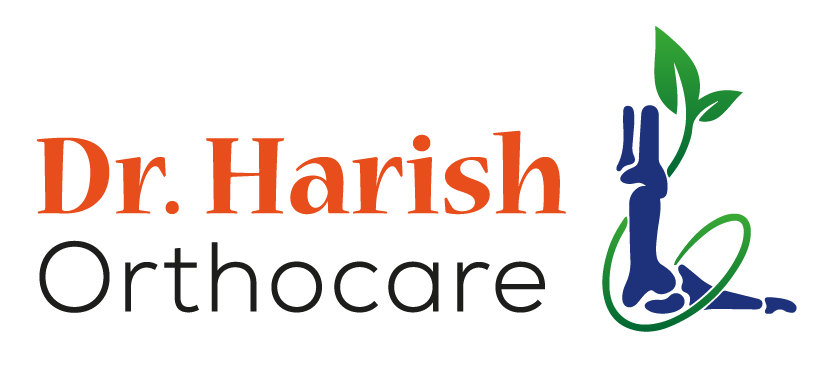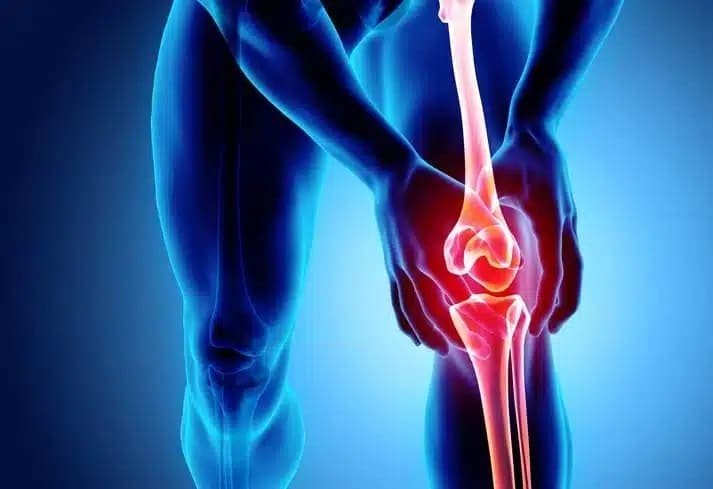Knee pain is one of the most common musculoskeletal problems affecting people of all ages. From sports injuries in young adults to wear-and-tear arthritis in older adults, knee pain can interfere with daily life and mobility.
Common Causes of Knee Pain in Young Adults:
Knee pain may seem unusual at a younger age, but it’s more common than you think. For young adults, the reasons are often linked to activity level, lifestyle, or injuries rather than age-related wear and tear. Here are the leading causes:
1. Sports Injuries
Young adults who play high-impact sports like basketball, football, or running are more prone to ligament tears (ACL, MCL), meniscus injuries, and sprains. These injuries may cause sudden, sharp pain and swelling.
2. Overuse and Repetitive Stress
Activities such as running, squatting, or cycling can put repeated strain on the knee joint. This often leads to patellofemoral pain syndrome (runner’s knee) or tendonitis.
3. Trauma or Sudden Accidents
Falls, twists, or awkward landings during sports or daily activity can result in acute pain, swelling, or even dislocations.
4. Sedentary Lifestyle & Weak Muscles
Long hours of sitting, poor posture, or lack of exercise can weaken muscles that support the knee, increasing joint stress and discomfort.
5. Obesity or Excess Weight
Even in young adults, carrying extra weight can overload the knees, leading to early cartilage wear and joint pain.
6. Improper Footwear
Wearing shoes without adequate support during workouts or daily activities can misalign the legs and increase knee strain.
Common Causes of Knee Pain in Seniors:
Key Differences Between Young Adults and Seniors
-
Cause: Injuries & overuse (young) vs. degeneration & arthritis (seniors).
-
Treatment: Short-term rehab for young adults vs. long-term management for seniors.
-
Recovery: Faster healing in young adults, while seniors may need ongoing care.
Conclusion
Knee pain may be a common problem across all ages, but its causes and impact differ greatly between young adults and seniors. While younger individuals often face pain from injuries, overuse, or lifestyle habits, seniors are more likely to experience knee pain due to wear-and-tear conditions like osteoarthritis or age-related degeneration.
Choosing this advanced method can significantly enhance your overall joint health and mobility. It’s a reliable option for those seeking the best in orthopedic care.
👉 To consult our expert, visit Dr. Harish Orthocare and take the first step toward pain-free movement.

